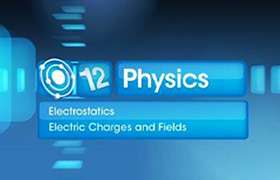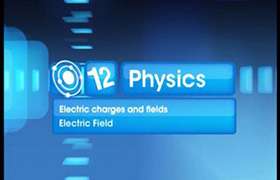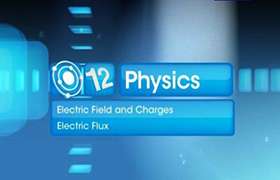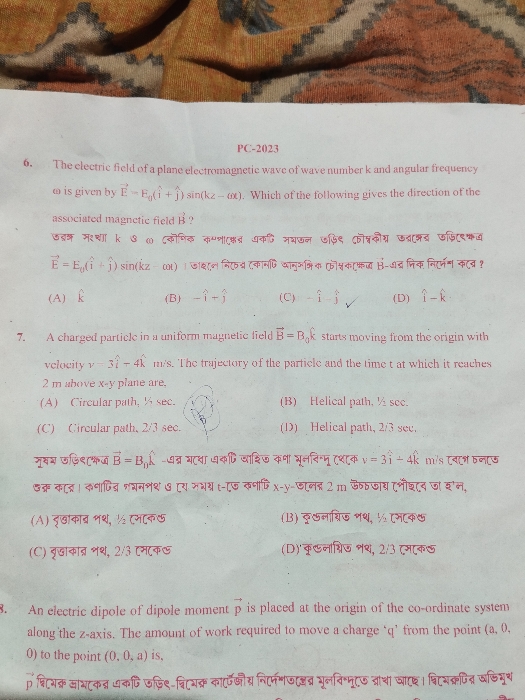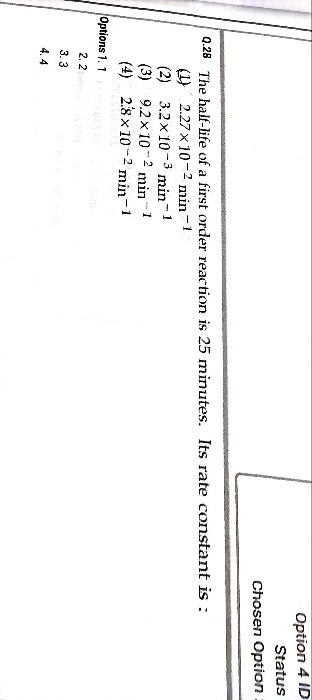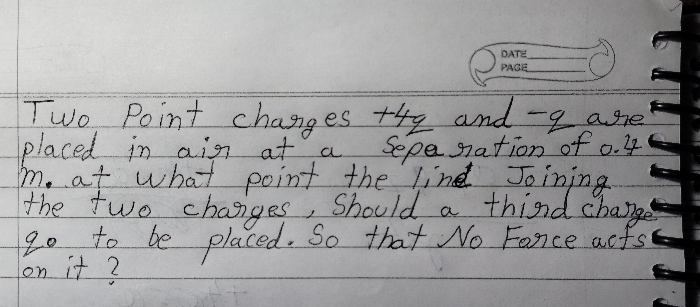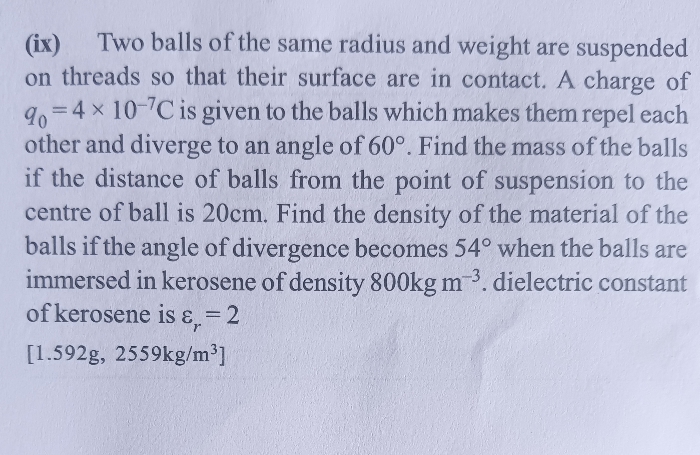CBSE Class 12-science Answered
no clear is seen in the link. plzz explain again and try to answer every question.
the question asked was 'Derive gauss law from coulomb law
Asked by haroonrashidgkp | 31 Mar, 2018, 02:08: PM
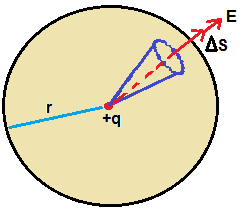
Let us consider a point charge +q at centre of a sphere of radius r. Let us consider a small area ΔS on the surface of sphere. By definition the electric flux ΔΦ passing through the surface ΔS is
ΔΦ = E•ΔS..................(1)
Electric field E at a given point is the force experienced by a unit charge placed at that point. We can get the force experienced by a unit charge for a point on the surface from coulomb's law. Hence as per coulombs law E =  , where r is radius of sphere.
, where r is radius of sphere.
 , where r is radius of sphere.
, where r is radius of sphere.hence 

Normal to the area ΔS and unit radius vector are in same direction. Hence we can write  .............(2)
.............(2)
 .............(2)
.............(2)Total flux through the surface of sphere is 

To get the surface integral of flux over the surface area of the sphere, we sum up the flux given by equation (2) over the surface area of sphere.
hence 

Hence Gauss's law is stated as 

(1) Though we have used Spherical surface to derive Gauss's law, Gauss's law is valid for any closed surface
(2) If there are multiple charges, charge given in the right side of equation (3) is sum of all charges present inside the closed surface.
(3) the charges can be present anywhere inside the closed surface.
Answered by Thiyagarajan K | 31 Mar, 2018, 04:05: PM
Concept Videos
CBSE 12-science - Physics
Asked by aishaisha091098 | 19 Apr, 2024, 04:54: PM
CBSE 12-science - Physics
Asked by dasrituparna1999 | 13 Apr, 2024, 06:56: AM
CBSE 12-science - Physics
Asked by dasrituparna1999 | 12 Apr, 2024, 09:26: PM
CBSE 12-science - Physics
Asked by mishrigupta19319 | 08 Apr, 2024, 06:28: PM
CBSE 12-science - Physics
Asked by madhav9119887644 | 07 Apr, 2024, 08:10: PM
CBSE 12-science - Physics
Asked by mishrigupta19319 | 07 Apr, 2024, 11:23: AM
CBSE 12-science - Physics
Asked by adityagalar2007 | 06 Apr, 2024, 01:06: PM
CBSE 12-science - Physics
Asked by amlanmcob | 06 Apr, 2024, 12:27: PM
CBSE 12-science - Physics
Asked by hussain221man | 05 Apr, 2024, 08:44: PM

